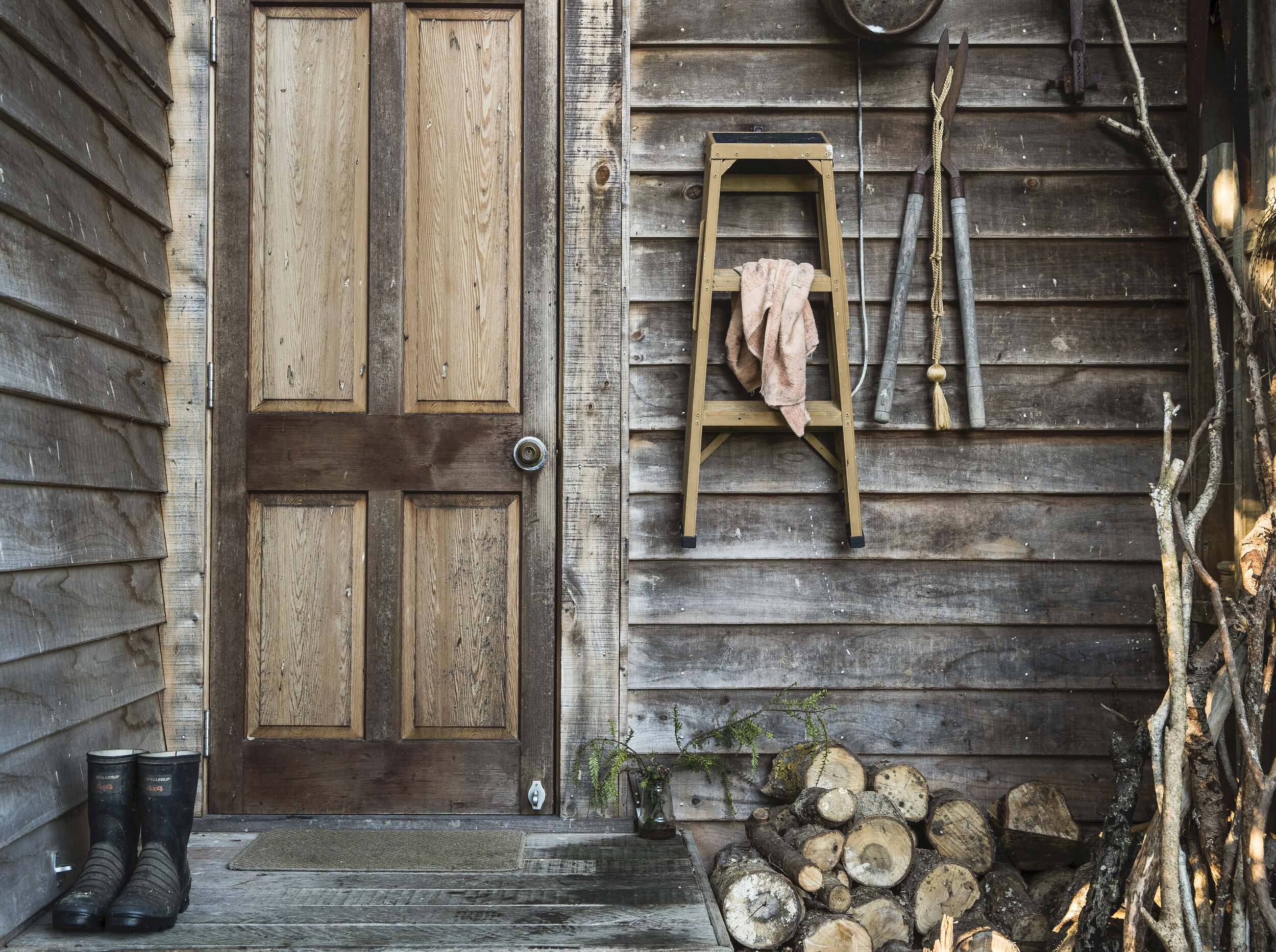Un-paving the way to a truly regenerative architecture
The ultimate eco-architecture is one that interacts lightly and positively with its surroundings and enhances both the health and the well being of its occupants. The gap between this ideal and the reality of architecture has been discouragingly wide for many decades, but recent advances in technology and changing mindsets have begun to bring about positive change.
At the Building Biology and Ecology Institute of New Zealand (BBE), we are committed to researching and promoting the most sustainable, healthy and harmonious building solutions possible, and making them accessible to everyone.
Sustainable buildings fit into the environment’s overall ecosystem, where each component exists in a niche that balances perfectly with the others around them. Materials, energy, water, air and bio-matter are borrowed and returned in good condition or in a suitable form to be used by something else.
Healthy buildings keep the indoor environment safe, comfortable and stress free by regulating temperature, humidity, air intake, light and sound, filtering pollutants and maintaining a balanced electro-climate. Most people spend at least 20 hours out of 24 inside, often in very unhealthy environments.
Harmonious buildings make appropriate use of colour, light, scale and proportion to make their occupants feel at ease, and promote a sense of heritage, creativity and healthy relationships. Harmonious neighbourhoods have character, integrity and resilience, and promote safe, lively, local interaction.






